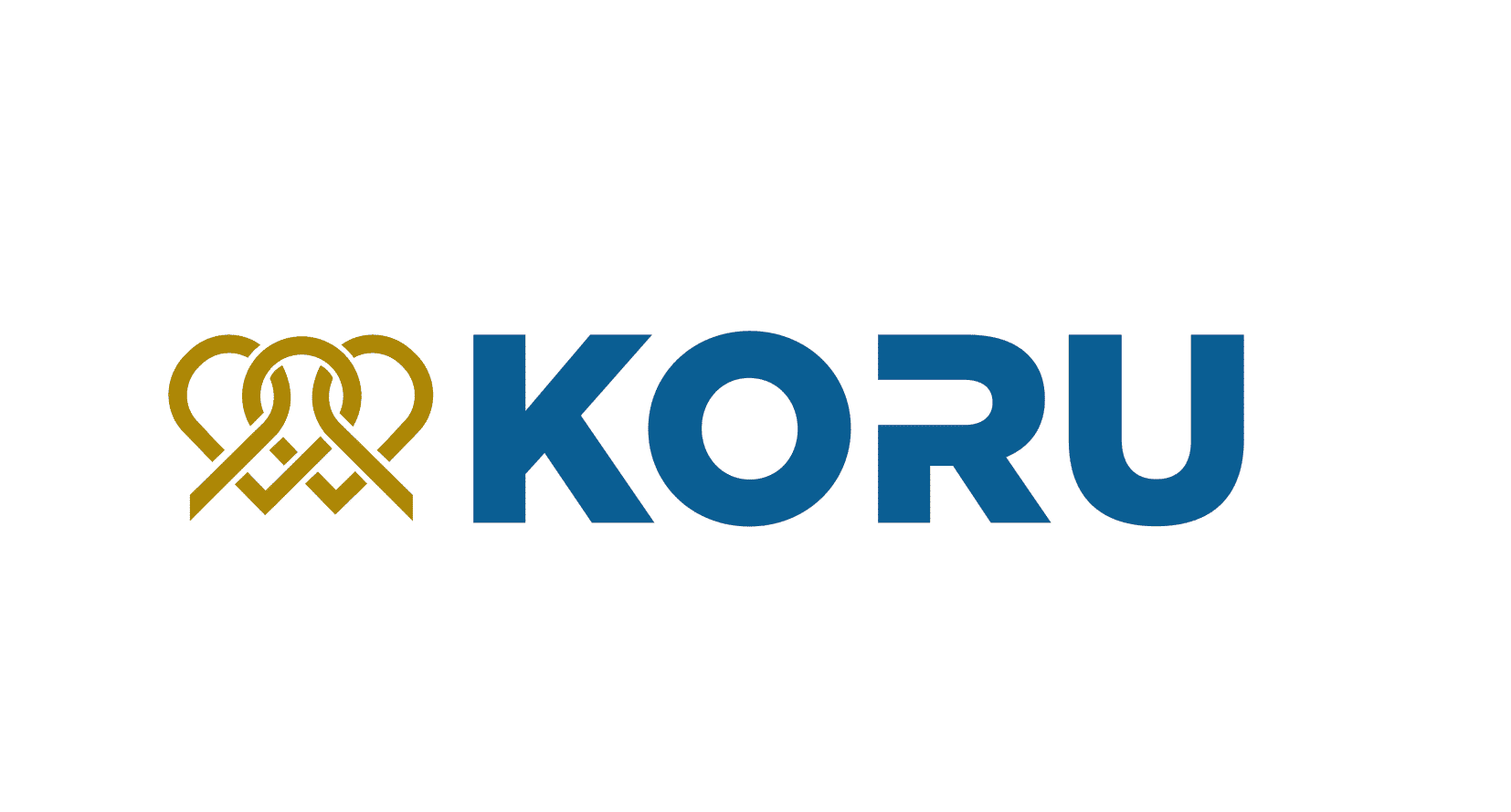BMI Criteria for EndoBarrier in Turkey
.jpg)
The EndoBarrier procedure offers a promising, less invasive alternative for individuals seeking significant weight loss and improvement in Type 2 Diabetes without traditional surgery. If you've been exploring options beyond diet and exercise but aren't ready for or eligible for bariatric surgery, the EndoBarrier might be a suitable path for you.
Many individuals are now considering medical tourism for such procedures, with Turkey emerging as a popular destination due to its high-quality medical facilities, experienced specialists, and competitive pricing.
This innovative device works by creating a physical barrier in the duodenum, mimicking the effects of some bariatric surgeries. Understanding the specific criteria is crucial to determine if you are a good candidate. This guide will walk you through the eligibility requirements, potential benefits, and other important considerations for the EndoBarrier procedure, especially when looking at Turkey as your treatment location.
What is the EndoBarrier procedure?
The EndoBarrier is a non-surgical, reversible medical device designed to help individuals achieve significant weight loss and improve their Type 2 Diabetes. It's essentially a flexible, impermeable sleeve that is inserted endoscopically (without incisions) into the duodenum, the first part of the small intestine. Once in place, it acts as a bypass for food, preventing it from interacting with the duodenal wall for a period.
This bypass effect leads to several physiological changes. Food digestion and absorption are altered, which can reduce calorie intake and promote a feeling of fullness. More importantly, it impacts hormonal signals related to appetite and glucose metabolism, often leading to better blood sugar control for those with Type 2 Diabetes. The device typically remains in place for 6 to 12 months before being endoscopically removed.
Who is generally eligible for EndoBarrier?
Eligibility for the EndoBarrier procedure is carefully assessed to ensure patient safety and optimize outcomes. The procedure is generally recommended for adults who are committed to making lifestyle changes but require additional support to manage their weight and related health conditions. While specific criteria may vary slightly between clinics and countries, the core guidelines remain consistent.
Key eligibility factors include:
- Age: Typically, candidates are between 18 and 65 years old.
- Previous Weight Loss Attempts: Individuals who have genuinely tried and failed to achieve sustainable weight loss through diet, exercise, and behavioral therapy.
- Commitment: A strong commitment to dietary changes, regular physical activity, and ongoing follow-up care is essential for success.
- Absence of Contraindications: No medical conditions that would make the procedure unsafe or ineffective.
What specific BMI range is suitable for the EndoBarrier procedure?
Body Mass Index (BMI) is a primary indicator for determining suitability for the EndoBarrier procedure. This measurement helps healthcare providers assess the degree of obesity and potential health risks. The general guideline for EndoBarrier candidacy falls within a specific BMI range, indicating that it's designed for individuals who are significantly overweight but may not meet the criteria for traditional bariatric surgery, or prefer a less invasive option.
Here’s a breakdown of the typical BMI suitability:
- BMI 30-35: Often considered for individuals in this range who have obesity-related co-morbidities such as Type 2 Diabetes, hypertension, or high cholesterol, and have failed other weight loss interventions.
- BMI 35-40: Candidates in this range are frequently considered, particularly if they also have Type 2 Diabetes or other significant health issues linked to their weight.
- BMI 40-45: Individuals with a BMI up to 45 may also be candidates, especially if they have Type 2 Diabetes, where the EndoBarrier can offer substantial benefits in glucose control.
It's important to note that while BMI is a crucial factor, it is always considered in conjunction with a patient's overall health status, medical history, and specific co-morbidities. A thorough medical evaluation is always required.
Can individuals with Type 2 Diabetes benefit from EndoBarrier?
One of the most compelling aspects of the EndoBarrier procedure is its profound positive impact on Type 2 Diabetes. Beyond just weight loss, the device has been shown to improve glycemic control rapidly, sometimes even before significant weight loss occurs. This makes it a particularly attractive option for individuals struggling to manage their diabetes despite medication and lifestyle interventions.
The mechanism behind this improvement is thought to be related to how the EndoBarrier alters the signals sent from the gut to the brain and pancreas. By preventing food from directly contacting the duodenal wall, it changes the release of certain gut hormones that influence insulin sensitivity and glucose metabolism. Patients often experience:
- Reduced HbA1c levels.
- Decreased reliance on insulin and oral diabetes medications.
- Improved insulin sensitivity.
- Better overall metabolic health.
For many with Type 2 Diabetes, the EndoBarrier represents a chance to achieve remission or significantly better management of their condition, thereby reducing the risk of long-term complications associated with diabetes.
Are there any contraindications for the EndoBarrier procedure?
While the EndoBarrier procedure is generally safe and minimally invasive, it is not suitable for everyone. A thorough medical assessment is crucial to identify any contraindications that could make the procedure risky or ineffective. These conditions typically involve gastrointestinal health or other serious medical issues.
Common contraindications include:
- Active Inflammatory Bowel Disease: Conditions like Crohn's disease or ulcerative colitis.
- Severe Gastrointestinal Issues: Such as large hiatus hernia, severe esophagitis, gastric ulcers, or duodenal ulcers.
- History of Gastric or Duodenal Surgery: Prior surgery on these organs can affect the safe placement and removal of the device.
- Certain Bleeding Disorders: Conditions that increase the risk of bleeding.
- Pregnancy or Breastfeeding: The procedure is not recommended during these periods.
- Alcoholism or Drug Addiction: As these can interfere with adherence to post-procedure lifestyle changes.
- Severe Kidney, Liver, or Heart Disease: Uncontrolled or severe forms of these conditions may pose risks.
Your healthcare team will conduct comprehensive tests and reviews of your medical history to ensure that you are a safe and appropriate candidate for the EndoBarrier procedure.
Why consider Turkey for the EndoBarrier procedure?
Medical tourism has seen a significant rise in recent years, and Turkey has emerged as a leading destination for various medical procedures, including the EndoBarrier. Several factors contribute to its appeal for international patients seeking high-quality healthcare at a more affordable cost than in many Western countries.
The primary reasons to consider Turkey for your EndoBarrier procedure include:
- State-of-the-Art Facilities: Many Turkish hospitals are accredited by international organizations (like JCI) and boast modern equipment and technology.
- Experienced Specialists: Turkey has a strong pool of highly trained gastroenterologists and bariatric specialists with extensive experience in endoscopic procedures.
- Cost-Effectiveness: The overall cost of the EndoBarrier procedure in Turkey is often significantly lower than in countries like the USA, UK, or Western Europe, without compromising on quality of care.
- Ease of Travel: Turkey is easily accessible from Europe, Asia, and Africa, with numerous direct flights to major cities like Istanbul and Ankara.
- Healthcare Packages: Many clinics offer comprehensive packages that include the procedure, accommodation, transfers, and post-operative care, simplifying the travel experience.
Choosing Turkey for the EndoBarrier procedure combines medical excellence with the opportunity to receive care in a culturally rich and welcoming environment.
What are the advantages of getting the EndoBarrier procedure in Turkey?
Beyond the general appeal of medical tourism in Turkey, there are specific advantages for those undergoing the EndoBarrier procedure. These benefits contribute to a smoother and more satisfactory patient experience, making it an attractive option for many international patients.
Key advantages include:
- Significant Cost Savings: Patients can often save 50-70% on the total cost compared to their home countries, making the EndoBarrier more accessible.
- High Standard of Care: Many hospitals prioritize international patient care, offering services in multiple languages and following global healthcare protocols.
- Reduced Waiting Lists: Unlike some public healthcare systems with long waiting times for elective procedures, Turkey generally offers quicker access to treatment.
- Integrated Services: Many medical tourism agencies and hospitals in Turkey provide end-to-end services, including initial consultation, visa assistance, airport transfers, accommodation, and follow-up care.
- Post-Procedure Support: Clinics often provide detailed post-operative instructions and support, ensuring patients are well-prepared for their return home and subsequent care.
These combined advantages ensure that patients receive high-quality medical care for their EndoBarrier procedure while also managing their budget effectively and having a well-organized travel experience.
What is the typical recovery process after EndoBarrier insertion?
Since the EndoBarrier insertion is an endoscopic procedure, it is minimally invasive, and the recovery process is typically much faster than with traditional surgery. Patients usually do not require a long hospital stay, and many can return home the same day or the day after the procedure. However, it's normal to experience some side effects as the body adjusts to the device.
Here’s what to expect during recovery:
- Immediate Post-Procedure: You may feel some nausea, abdominal discomfort, or cramping for the first 24-48 hours. Medications are typically prescribed to manage these symptoms.
- Dietary Progression: A gradual dietary progression is usually recommended, starting with liquids, moving to pureed foods, and then soft foods before returning to a regular diet over several days or weeks. This allows your digestive system to adapt.
- Activity: Most patients can resume light activities within a few days, though strenuous exercise might be advised against for a short period.
- Follow-up: Regular follow-up appointments with your healthcare team are crucial to monitor your progress, address any concerns, and provide ongoing dietary and lifestyle guidance.
Adhering to post-procedure instructions, especially regarding diet and medication, is essential for a smooth recovery and successful outcomes with the EndoBarrier.
How effective is the EndoBarrier for weight loss and diabetes management?
The EndoBarrier procedure has demonstrated strong efficacy in clinical studies and real-world applications for both weight loss and the management of Type 2 Diabetes. Its unique mechanism of action contributes to significant and sustainable results when combined with appropriate lifestyle changes.
Regarding weight loss:
- Patients typically experience an average of 15-20% total body weight loss (TBWL) over the 6-12 months the device is in place.
- This weight loss often translates to improvements in obesity-related co-morbidities like hypertension, sleep apnea, and dyslipidemia.
- It helps establish healthier eating habits and portion control, which are crucial for maintaining weight loss after the device is removed.
For Type 2 Diabetes management:
- Many patients experience rapid improvements in glycemic control, often within weeks of insertion.
- Significant reductions in HbA1c levels are common.
- A substantial number of patients are able to reduce or even discontinue their diabetes medications, including insulin.
- The improvements in blood sugar control are often sustained even after the device is removed, particularly if patients maintain their new lifestyle habits.
The EndoBarrier offers a powerful tool for individuals seeking a significant health transformation, especially those for whom conventional methods have been insufficient.
What is the expected duration of the EndoBarrier device in the body?
The EndoBarrier is designed for temporary use, providing a window of opportunity for patients to achieve significant weight loss and metabolic improvements, and to establish new, healthier habits. The specific duration the device remains in the body is carefully determined by the medical team based on clinical guidelines and individual patient needs and progress.
Here’s what defines the duration:
- Standard Period: Most commonly, the EndoBarrier is kept in place for approximately 6 to 12 months. This timeframe is considered optimal for achieving maximum benefit while minimizing potential long-term complications.
- Monitoring: Throughout this period, patients are closely monitored by their healthcare team, who assess their weight loss progress, diabetes control, and any potential side effects.
- Removal Procedure: At the end of the treatment cycle, the EndoBarrier is removed through another quick and minimally invasive endoscopic procedure. This removal is generally straightforward and well-tolerated.
The temporary nature of the EndoBarrier means it serves as a powerful catalyst for change, rather than a permanent fixture. The success of the procedure relies heavily on patients adopting and maintaining the lifestyle modifications learned during the treatment period.
To learn more about the EndoBarrier procedure in Turkey and explore healthcare solutions tailored to your needs, please visit PlacidWay.


.png)






.png)
.png)






Share this listing